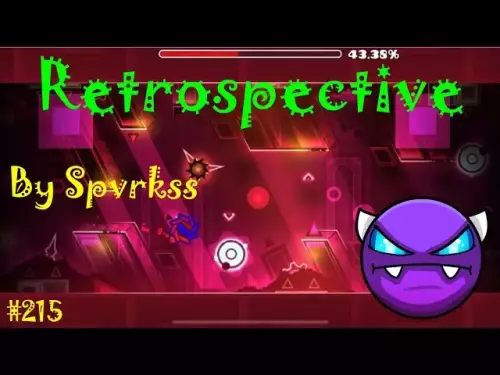-
 bitcoin
bitcoin $108183.343957 USD
1.12% -
 ethereum
ethereum $3953.318181 USD
2.13% -
 tether
tether $1.000758 USD
0.05% -
 bnb
bnb $1102.411872 USD
1.73% -
 xrp
xrp $2.377410 USD
1.30% -
 solana
solana $185.715867 USD
0.05% -
 usd-coin
usd-coin $1.000561 USD
0.08% -
 tron
tron $0.320859 USD
2.39% -
 dogecoin
dogecoin $0.194561 USD
3.07% -
 cardano
cardano $0.647327 USD
2.68% -
 hyperliquid
hyperliquid $37.310392 USD
1.96% -
 ethena-usde
ethena-usde $0.999792 USD
0.04% -
 chainlink
chainlink $17.181017 USD
2.56% -
 stellar
stellar $0.316938 USD
1.13% -
 bitcoin-cash
bitcoin-cash $472.186880 USD
1.35%
How to send Bitcoin from a Trezor Model T?
Always verify the recipient address and amount on your Trezor Model T's screen before approving—never trust the computer display alone.
Oct 19, 2025 at 02:18 am
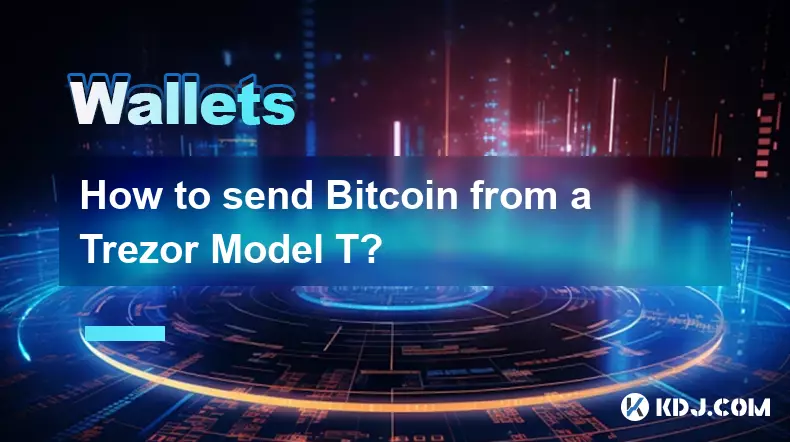
Sending Bitcoin from a Trezor Model T
1. Connect your Trezor Model T to your computer using the provided USB cable. Ensure that your device is unlocked by entering your PIN on the screen. The Trezor Suite interface should automatically detect your device once it's properly connected.
2. Open the Trezor Suite desktop application or visit the web version at suite.trezor.io. Navigate to the Bitcoin account you wish to send funds from. Make sure the correct network (Bitcoin mainnet) is selected and verify your current balance matches your expectations.
3. Click the “Send” button within the interface. A new window will prompt you to enter the recipient’s Bitcoin address. Double-check every character of the address. Even one incorrect character can result in irreversible loss of funds.
4. Enter the amount of BTC you wish to send. You can toggle between BTC and fiat values for clarity. The interface will display an estimated network fee based on current congestion levels. Choose between standard, economy, or custom fee settings depending on how quickly you want the transaction confirmed.
5. Review all transaction details carefully on your computer screen. Once confirmed, click “Continue.” Your Trezor Model T will display the same information on its built-in screen. Always verify the recipient address and amount directly on the Trezor device itself before approving. Confirm the transaction by pressing the physical buttons on the device.
Security Measures During Transaction
1. The Trezor Model T uses a secure element and isolated environment to prevent malware from tampering with transaction data. Even if your computer is compromised, the device ensures that what you see on its screen is exactly what is being signed.
2. Before finalizing any transaction, the device forces manual confirmation on its own display. Never skip verifying the destination address and amount on the Trezor screen. Phishing attacks sometimes alter clipboard data or inject malicious scripts into wallet interfaces.
3. Enable passphrase protection if you have set up multiple hidden wallets. This adds an extra layer of authentication during the sending process and prevents unauthorized access even if someone obtains your recovery seed.
4. Keep your firmware updated through Trezor Suite. Updates often include critical security patches and improvements to transaction handling. Outdated firmware may expose vulnerabilities exploitable by advanced attack vectors.
5. Avoid public Wi-Fi when managing transactions. Use a trusted, private network connection to minimize the risk of man-in-the-middle attacks while communicating with blockchain nodes or wallet servers.
Handling Transaction Fees and Confirmation Times
1. Bitcoin network fees are determined by transaction size in bytes and current mempool congestion. Larger transactions with more inputs cost more to broadcast. Consolidating UTXOs beforehand can reduce future sending costs.
2. In Trezor Suite, you can adjust the fee rate manually under the “Advanced” option. Higher sat/vB rates increase priority in miner queues, leading to faster confirmations—often within one block (10 minutes).
3. During periods of high demand, fees can spike significantly. Monitor mempool activity via tools like mempool.space to time your transaction for lower costs without sacrificing urgency.
4. After broadcasting, the transaction ID (TXID) appears in your transaction history. You can copy this hash and search it on any blockchain explorer to track confirmation status in real time.
5. If a transaction remains unconfirmed for hours, consider using Replace-by-Fee (RBF) if enabled, or initiate a child-pays-for-parent (CPFP) strategy through another wallet service to accelerate processing.
Frequently Asked Questions
Can I send Bitcoin from my Trezor Model T without internet?Yes, the device itself does not require internet access. However, the Trezor Suite interface needs an internet connection to communicate with the Bitcoin network, fetch balances, and broadcast signed transactions.
What happens if I lose my Trezor while a transaction is pending?Your funds remain safe as long as you have your recovery seed. Any pending transaction will either confirm or expire based on network rules. You can restore access to your wallet on another Trezor or compatible device using the 12- or 24-word mnemonic.
Is it possible to cancel a Bitcoin transaction after approval?No. Once a transaction is signed and broadcasted to the network, it cannot be canceled. If it remains unconfirmed, RBF may allow fee replacement, but reversal is impossible without recipient cooperation.
Why does the address on my Trezor screen look different from the one on my computer?This could indicate a malicious script altering data on your PC. Always ensure addresses match exactly on both screens. Mismatches suggest compromise—abort immediately and scan your system for malware.
Disclaimer:info@kdj.com
The information provided is not trading advice. kdj.com does not assume any responsibility for any investments made based on the information provided in this article. Cryptocurrencies are highly volatile and it is highly recommended that you invest with caution after thorough research!
If you believe that the content used on this website infringes your copyright, please contact us immediately (info@kdj.com) and we will delete it promptly.
- Meme Coins in 2025: $HUGS Leads a Feel-Good Crypto Revolution
- 2025-10-20 22:45:12
- Dogecoin Price Uncertainty: Navigating the Meme Coin Maze
- 2025-10-20 22:25:14
- XRP, BLAZ Presale, Crypto Breakout: What's the Buzz in the Crypto Space?
- 2025-10-20 22:45:12
- HUGS Token: Is This Meme Coin the Safest Bet for 2025?
- 2025-10-20 23:05:12
- Navigating Crypto's Crossroads: Is $TAP Outshining ADA in the Digital Arena?
- 2025-10-20 23:25:15
- Cryptos, Invest, Early Adoption: BlockchainFX Primed for Exponential Growth
- 2025-10-20 23:05:12
Related knowledge

How to set up a new wallet on an existing Trezor Model T?
Oct 20,2025 at 12:36am
Initializing a New Wallet on Your Trezor Model T1. Connect your Trezor Model T to your computer using the provided USB cable. Ensure that the device i...
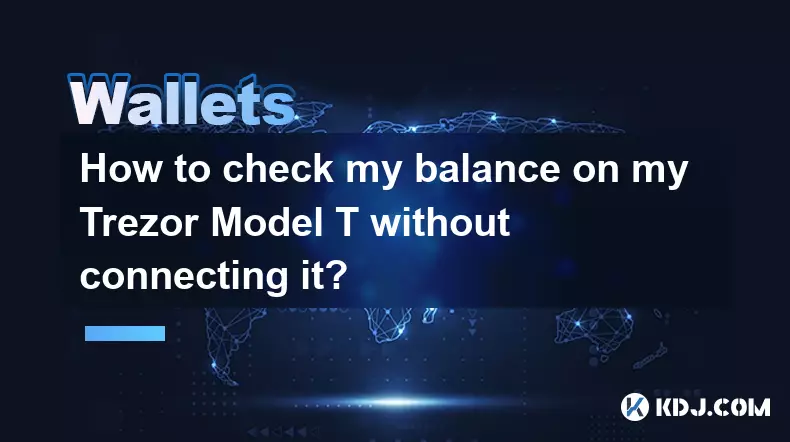
How to check my balance on my Trezor Model T without connecting it?
Oct 20,2025 at 11:00pm
Understanding Trezor Model T and Wallet Functionality1. The Trezor Model T is a hardware wallet designed to store cryptocurrencies securely offline. I...
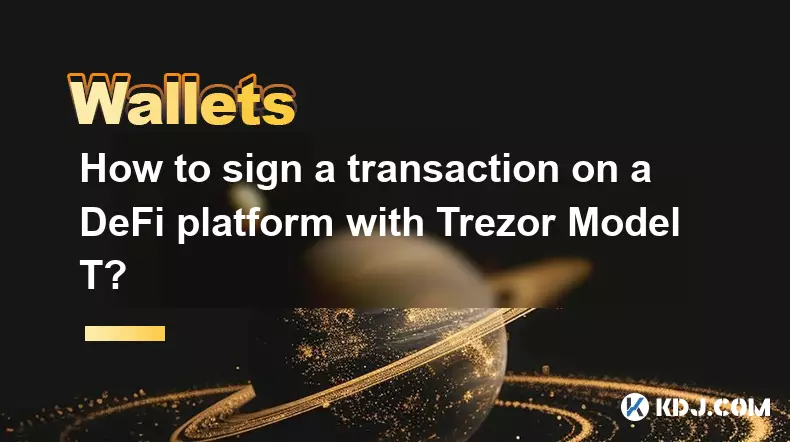
How to sign a transaction on a DeFi platform with Trezor Model T?
Oct 19,2025 at 05:00pm
Understanding the Role of Liquidity Pools in Decentralized Finance1. Liquidity pools are foundational components within decentralized exchanges (DEXs)...
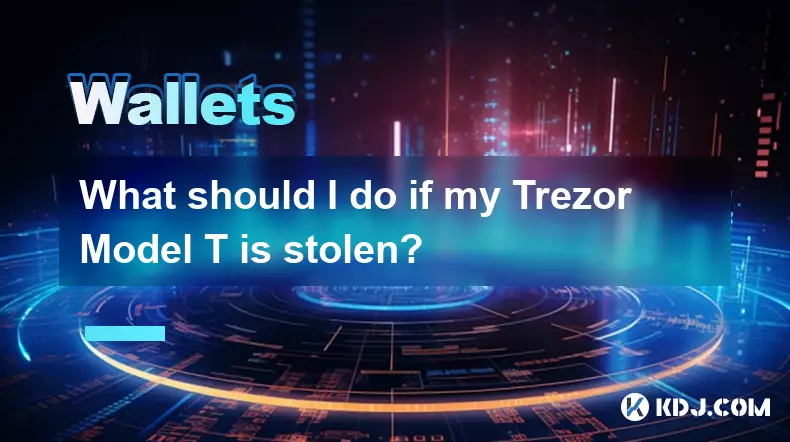
What should I do if my Trezor Model T is stolen?
Oct 20,2025 at 02:54pm
Immediate Steps to Take After Your Trezor Model T Is Stolen1. Secure your recovery seed immediately. The thief may have physical access to your device...
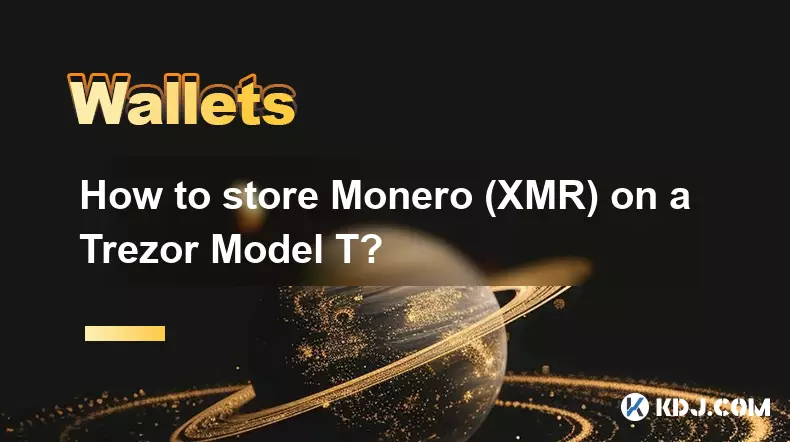
How to store Monero (XMR) on a Trezor Model T?
Oct 19,2025 at 09:55am
Understanding the Role of Liquidity Pools in Decentralized Finance1. Liquidity pools are foundational elements within decentralized exchanges (DEXs), ...

What is coin control on the Trezor Model T and how do I use it?
Oct 20,2025 at 09:54am
Coin Control on the Trezor Model T: An Essential Feature for Advanced Users1. Coin control refers to the ability to manually select specific transacti...

How to set up a new wallet on an existing Trezor Model T?
Oct 20,2025 at 12:36am
Initializing a New Wallet on Your Trezor Model T1. Connect your Trezor Model T to your computer using the provided USB cable. Ensure that the device i...

How to check my balance on my Trezor Model T without connecting it?
Oct 20,2025 at 11:00pm
Understanding Trezor Model T and Wallet Functionality1. The Trezor Model T is a hardware wallet designed to store cryptocurrencies securely offline. I...

How to sign a transaction on a DeFi platform with Trezor Model T?
Oct 19,2025 at 05:00pm
Understanding the Role of Liquidity Pools in Decentralized Finance1. Liquidity pools are foundational components within decentralized exchanges (DEXs)...

What should I do if my Trezor Model T is stolen?
Oct 20,2025 at 02:54pm
Immediate Steps to Take After Your Trezor Model T Is Stolen1. Secure your recovery seed immediately. The thief may have physical access to your device...

How to store Monero (XMR) on a Trezor Model T?
Oct 19,2025 at 09:55am
Understanding the Role of Liquidity Pools in Decentralized Finance1. Liquidity pools are foundational elements within decentralized exchanges (DEXs), ...

What is coin control on the Trezor Model T and how do I use it?
Oct 20,2025 at 09:54am
Coin Control on the Trezor Model T: An Essential Feature for Advanced Users1. Coin control refers to the ability to manually select specific transacti...
See all articles























